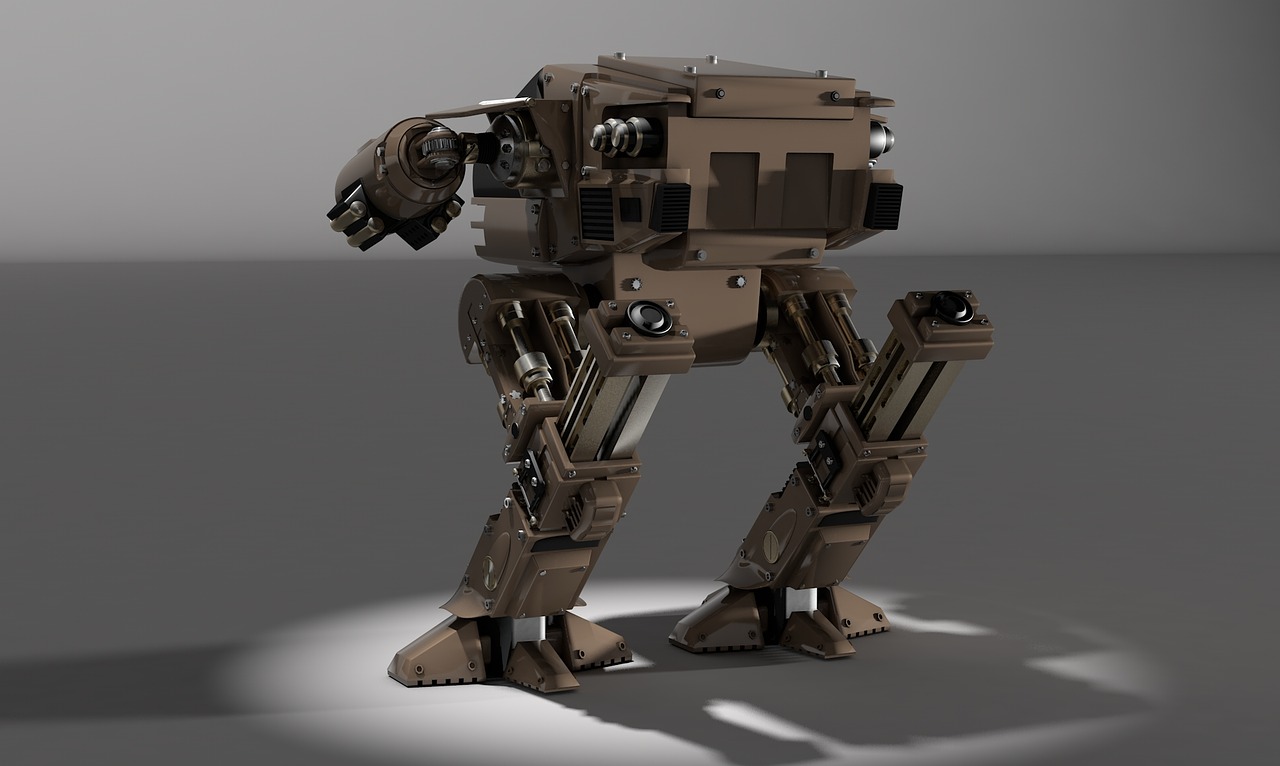When humanity began telling stories, it began by telling stories of war. Violent Bronze Age fiction, such as the “Iliad,” the Bible and “Gilgamesh,” cast long shadows over entire cultures, often justifying later battles and inspiring future militaries. That trend of spinning yarns of combat continues to this day. To understand the power of stories to shape modern conflicts, DARPA, the Defense Department’s Research Arm, has initiated a program that will investigate how storytelling and narrative shape our neurobiology.
With companies like Neurosky now producing ‘brain sensors for everybody’, the technology is moving into the mainstream, entering the realms of gaming, marketing. This will look at the new wave of technology that can interact with our brains, exploring potential applications and considerations for the future. Although we have had a form of remote brain-to-brain technology for thousands of years (writing and reading effectively conveys ideas from my brain to yours without speech), these new techniques allow the electrical activity of the brain to be interpreted more directly, although rarely by ‘reading our minds’. More often, the user is asked to think about specific things (playing tennis, moving your arm, stroking a cat) and the different brain responses are then linked through training to new actions. This sort of training can be used to spell out words, to control wheelchairs or prosthetics, or more generally to control a cursor on a screen.
While electroencephalograms (EEGs) have been used with humans for more than 80 years, only recently have they been used for purposes outside of diagnosis and medical applications. This opens up a wide range of new opportunities, as well as difficult questions in ethics, freewill, our dependence on technology and our relationship with memory.
The DARPA program, titled “Narrative Networks,” bases itself on the idea that human brains physically change so as to fit new information into coherent narratives. To date, there has been some research that shows people of different political leanings have brains that function differently, but this program will take this concept further and deeper than ever before. DARPA plans to not only figure out why hearing or reading a particular story may change someone’s life, but also plans on developing sensors that can scan people’s brains to identify those changes.
“Narratives exert a powerful influence on human thoughts and behavior. They consolidate memory, shape emotions, cue heuristics and biases in judgment, influence in-group/out-group distinctions, and may affect the fundamental contents of personal identity,” reads the DARPA solicitation posted on Oct. 7. “It comes as no surprise that because of these influences stories is important in security contexts: for example, they change the course of insurgencies, frame negotiations, play a role in political radicalization, influence the methods and goals of violent social movements, and likely play a role in clinical conditions important to the military such as post-traumatic stress disorder.”
The Defense Advanced Research Projects Agency (DARPA), a US agency responsible for the development of new technology for use by the military, is currently the biggest funder of research into human enhancement. Drones, is a friendly name for ‘autonomous fighting machines.’ This has been a major area of funding for DARPA and has created many advances.
In spite of the ‘scary’ nature of the organization, Examples such as unmanned drones and eye-tracking technology are interesting simply as they push the industry forward (a fair bit of g.tec technology is used for military research), but the technology may also be used for other indications, particularly medical or social care.
Honeywell Aerospace a renowned company is developing a human brain stimulated image analysis system that could dramatically improve the performance of image analysts by tapping the analyst’s brain signals. Honeywell based their development on the fact that the human brain is capable of responding to visually salient objects significantly faster than an individual’s visual-motor, transformation-based response. The new application designated ‘Honeywell Image Triage System’ (HITS) will enable Department of Defense (DoD) personnel to analyze intelligence images up to six times faster than the current computer-based system, through the use of sensors monitoring signals in the human brain. These sensors will monitor brain activity in real time, automatically identifying and recording brain signals to tag intelligence images worthy of additional review.
Another significant development is done by Brainlike, Inc. which is a technology company that delivers smart sensing solutions. Brainlike sensing is a monitoring enhancement that can easily be added to integrated platforms produced by Brainlike partners. Brainlike Technology is scalable. Brainlike systems are made up of simple, fast, and compact modules, which can quickly be tailored to suit any variety of automated monitoring needs.
Sensor networks with “Brainlike inside” identify the most subtle anomalies by continuously learning what to expect. Animal sensory networks do practically the same thing, but instead they process continuously arriving signals from hoards of sensory neurons.
Toward the pursuit of “turning thought into action,” the ideal Brain-computer interfaces (BCIs) will provide complete independence, requiring neither assistance from a caregiver nor daily oversight by a trained technician. Efforts should be made to develop BCIs for which training is relatively rapid and acceptable to users.



0 Comments